Grid Unlock
Accelerate the rollout of large charging sites by unlocking capacity on the grid

1. Up to 10x more power:
Overcome grid limits to unlock up to 10x more power on utility constrained sites

2. Deploy in 1/3 the time:
Deploy faster with a streamlined, vertically integrated solution
3. Avoid grid upgrades:
Avoid expensive utility grid upgrades ($0.25Mil - $2.5Mil)
4. Provide grid services:
Unlock additional revenue streams with grid support services

5. Future proof charging sites:
Upgrade your site with more chargers, adding additional Prime Grid Gateways, or solar / battery storage
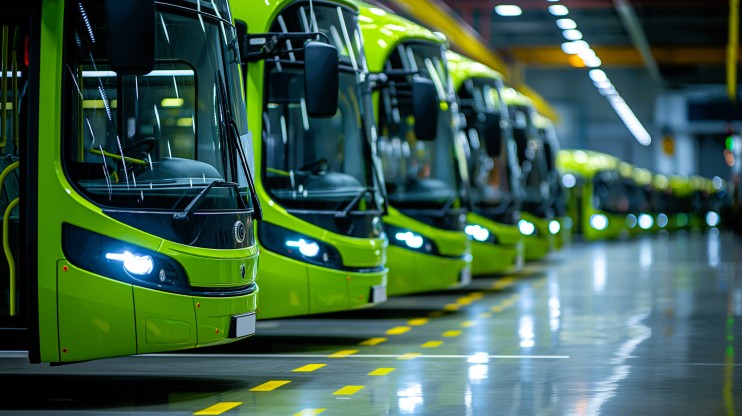
Solutions
Charging Parks and Hubs
Simple & scalable solutions for charging hubs / parks that need to be able to scale from 4 to 64 chargers
Transit Bus Charging
Cost effective, scalable solutions to enable bus fleet charging for fleets from 8 to 640 vehicles.
Heavy Vehicle Fleets
High powered solutions to enable charging heavy trucks at power levels from 400kW to Megawatt scale.
Unlocking the grid
By leveraging Kwetta's experience in high voltage power electronics and grid connected power conditioning systems, Kwetta is able to deliver a simplified solution that not only delivers large EV charging sites that are simple to deploy, scalable, and cost effective, but allows charging site owners to unlock power from the grid that was previously unavailable:


1. Unlocked power access:
Prime Grid Gateway unlocks grid capacity by solving the 4 key causes of constraint: Capacity, Voltage, Contingency and Quality

2. Prime Grid Gateway:
'Single Drop' site solution (up to 1.2MW) that connects directly to the HV grid at 6.6/11/22kV

3. SkyHook:
Deploy 2-8 chargers per Prime

4. Charging:
Charge cars, buses or trucks at speeds between 200kW and 800kW
The power grid is a finely tuned balancing act
Nobody likes it when the power goes out. Least of all the people charged with providing us with a reliable power system. Grid utility providers work tirelessly the world over to ensure their networks can deliver the perfect balance of supplied power to customer demand. In order to do this, they need to have the right infrastructure in place not only to allow the network to scale inline with both supply and demand but also to cope with contingency events.
Large electric vehicle charging sites require access to large amounts of power in short bursts, which can disrupt the balance that the grid utility providers are relied upon to deliver. This means that large charging sites builders can find that their sites requires expensive and time consuming infrastructure upgrades to gain access to the levels of power they need to deliver the charging experiences they want.
Challenges with constrained grids
Constraints on large charging sites fall into 4 main causes that result in insufficiently powered connections to their critical sites:

1. Grid Capacity:
Thermal constraints will impact how much power you can get access to at a site. Often network operators are reluctant to allow new charging park installations as due to insufficient headroom on feeder circuits.
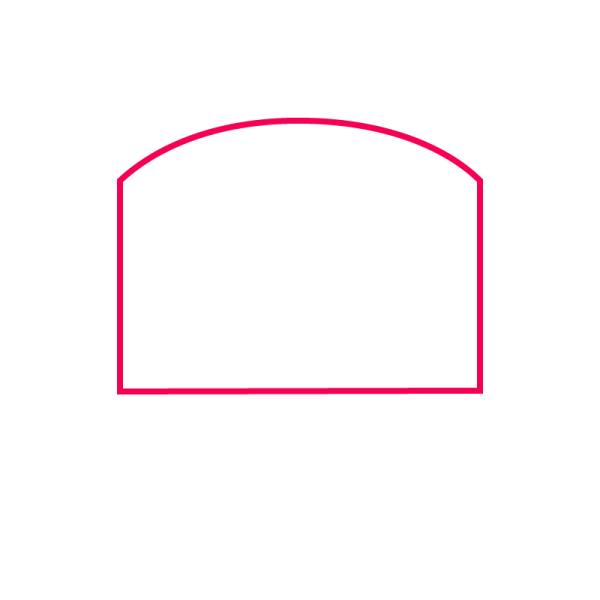
2. Voltage:
Feeder circuits that are close to dropping below or at risk of rising above critical voltage limits can be a show stopper for site connection or upgrade.
Addressing voltage issues often requires either significant feeder circuit upgrades that are costly and very slow to deploy or strict coordination of entities and equipment that can help address voltage dips or over-runs.

3. Contingency:
Energy network operators can be very reluctant to provide grid connections if they feel it will impede on the capacity they have to handle contingencies and back-feed events. Traditional methods of handling these objections, again tend to lead to expensive and slow upgrades to the network.

4. Power Quality:
The more power a site uses, the greater the need for the equipment to meet grid side power quality requirements. Systems need to actively manage reactive power and Total Harmonic Distortion (THD). Additionally, being able to manage these quality requirements across the range of power levels a site might utilise becomes critical to network providers.
The ability to solve the 4 major grid constraint challenges is the key to unlocking power on your sites today, and into the future. To find out more, please see our white paper on "DC Electric Vehicle Charging and Network Challenges".

